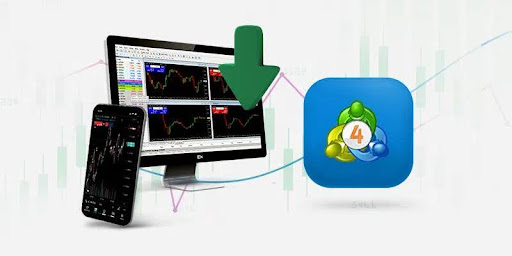Leverage and margin are two of the most powerful yet misunderstood concepts in trading. They offer traders the ability to control larger positions with a smaller amount of capital, increasing both potential profits and risks. MetaTrader 5 provides traders with built-in tools to manage leverage and margin effectively, making it easier to optimize risk and trading performance. Understanding how these concepts work is essential for anyone looking to maximize their trading potential while avoiding costly mistakes.
What is Leverage in MetaTrader 5?
Leverage allows traders to open positions much larger than their account balance would normally permit. It is expressed as a ratio, such as 1:10, 1:50, or 1:500, meaning that for every $1 in a trader’s account, they can control $10, $50, or $500 worth of assets. MetaTrader 5 supports adjustable leverage levels depending on the broker and the asset being traded.
For example, with 1:100 leverage, a trader can open a $10,000 trade with just $100 in capital. While this amplifies potential gains, it also increases risk since losses are calculated based on the full position size, not just the margin used to open the trade.
How Margin Works in MetaTrader 5
Margin is the amount of money required to open and maintain a leveraged position. It acts as a security deposit, ensuring that the trader has enough funds to cover potential losses. MetaTrader 5 automatically calculates margin requirements based on the asset being traded, the leverage applied, and the trade size.
Margin is divided into three key components:
- Required Margin: The minimum amount needed to open a trade. If a trader wants to open a $50,000 position with 1:50 leverage, they would need $1,000 in margin.
- Used Margin: The total margin locked in for all open trades. If a trader has multiple positions, the sum of their required margin is considered used margin.
- Free Margin: The remaining account balance available for new trades or for absorbing losses. If free margin drops too low, a trader may receive a margin call.
The Role of Margin Calls and Stop-Out Levels
One of the biggest risks associated with leverage is margin exhaustion. If the market moves against a trader and their free margin drops to a critically low level, MetaTrader 5 issues a margin call. This is a warning that additional funds must be deposited to maintain open positions.
If the account balance continues to decline and reaches the broker’s stop-out level, MetaTrader 5 will automatically start closing positions to prevent further losses. Each broker has its own margin call and stop-out threshold, typically around 50% of the required margin.
How to Manage Leverage and Margin Effectively
Leverage can amplify both gains and losses, so using it wisely is crucial. MetaTrader 5 provides several tools to help traders manage risk while utilizing leverage:
- Adjusting Leverage Levels: Many brokers allow traders to modify their leverage settings in MT5. Lowering leverage reduces exposure and limits potential losses.
- Setting Stop-Loss Orders: To prevent excessive losses, traders should use stop-loss orders that automatically close positions if the market moves against them.
- Monitoring Margin Levels: Keeping an eye on the Margin Level (%) indicator in MetaTrader 5 helps traders stay above the margin call threshold. A margin level above 100% is generally considered safe.
- Diversifying Positions: Opening multiple small trades instead of one large position helps balance risk across different assets and market conditions.
Real-World Example of Leverage and Margin in Action
A trader with a $1,000 balance decides to trade EUR/USD using 1:100 leverage. They open a $50,000 position, requiring a $500 margin to secure the trade. If the trade moves in their favor by 50 pips, they could make a significant profit. However, if the market moves against them by the same amount, their losses could be amplified, potentially triggering a margin call.


